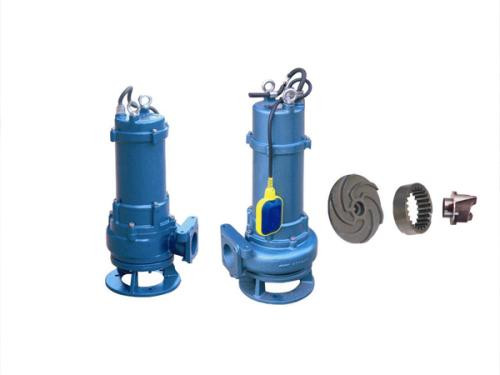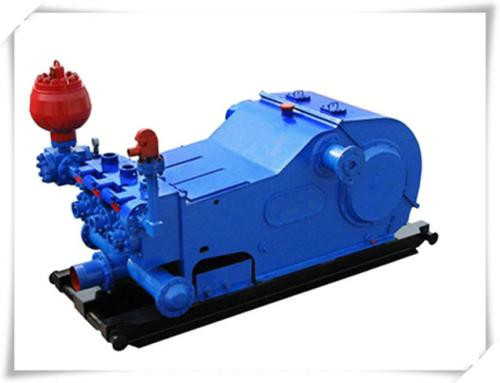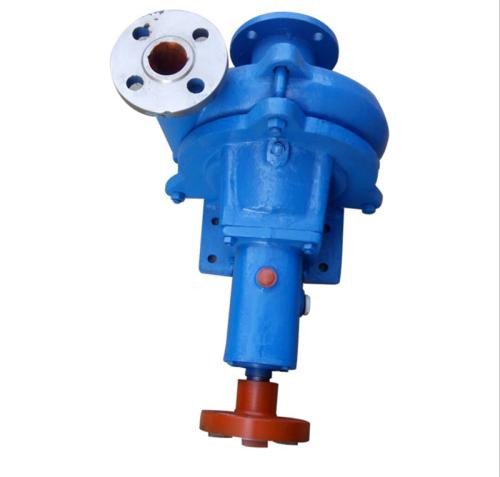Mud pump motor noise analysis and noise reduction processing method

1 Introduction
The mud pump for offshore platform puts higher requirements on the performance index of the mud pump motor (900kw AC variable frequency motor) due to the special working environment, such as anti-corrosion and explosion-proof requirements and small working space. Under normal circumstances, the noise of the mud pump motor for offshore platforms is not allowed to exceed 90dB.

2 on-site field survey analysis
In the construction of offshore drilling platforms, the mud pump is the core equipment, and the factory test of the motor has been highly valued by all parties involved in the construction. Therefore, representatives from all parties went to the motor manufacturing enterprise to check and accept 18 motors.
The acceptance contents include the measurement of the static pressure and air volume of the air inlet, the measurement of the insulation resistance of the stator winding to the base, the measurement of the current resistance of the stator winding in the test cold state, the equivalent temperature rise test, the overspeed test, the vibration test, the noise test, and the air. Load test, stall test, voltage withstand test of stator winding on the base, and endurance withstand voltage test of stator winding. Except for the noise exceeding the standard, all the other items meet the technical requirements.
The only noise test is 92 to 95 dB, which is more than 90 dB as specified by the marine platform noise specification. It is necessary to perform noise analysis and noise reduction on the motor.

3 Motor noise analysis
The causes of motor noise are manifold and multiple sources of noise are present at the same time. In general, it is divided into electromagnetic noise, airway noise and mechanical noise. These noises are unavoidable, but can be minimized. The amount of noise is closely related to the motor design, manufacturing, assembly quality and operating conditions. For example, at high speeds, it is mainly aerodynamic noise; at medium and low speeds, it is mainly electromagnetic noise.
3.1 electromagnetic noise
Electromagnetic noise is mainly caused by two aspects. The first is generated by the radial component of the air gap magnetic field acting on the stator core, which propagates outward through the yoke to cause deformation vibration of the stator core. The second is the tangential component of the air gap magnetic field, which is opposite to the electromagnetic torque, causing the core teeth to locally generate deformation vibration. When the radial electromagnetic force wave is close to the natural frequency of the stator, it will cause resonance, enhance vibration and noise, and seriously endanger the safety of the motor.
3.2 Mechanical noise
Mechanical noise is multifaceted, mainly including bearing noise, noise generated by rotor imbalance, and noise caused by assembly accuracy. Most motors use rolling bearings. The rolling bearing is composed of an inner ring, an outer ring, a ball and a cage. When the motor rotates, there is relative motion between the components, the surface is not smooth, or foreign matter is present, causing friction and collision to generate noise.
The imbalance of the rotor is mainly divided into two types: static imbalance and dynamic imbalance. If the mass distribution of the rotor of the motor is uniform, the roundness and concentricity during manufacture and assembly are qualified, the operation is smooth, and the pressure on the bracket or the bearing is only the weight of the rotor itself. If the mass distribution of the rotor is not uniform, centrifugal force will be generated when rotating, and the bearing or the bracket will be subjected to periodic centrifugal force, causing vibration and generating noise. In addition, it is necessary to pay attention to the dynamic balance accuracy of additional parts such as fans.
In addition, the noise value generated by the motor has a great relationship with the assembly accuracy. For example, the bearing ball, the surface roughness, the dimensional accuracy of the inner and outer ring grooves, and the dimensional tolerances cause assembly vibrations, which cause noise.
3.3 aerodynamic noise
Aerodynamic noise is mainly divided into eddy current noise and flute noise. The eddy current noise is caused by the alternating vortex of the cooling air flow on the rotating surface caused by the rotating rotor and the cooling fan rotating with the shaft. The faster the flow, the more severe the change, the greater the noise; the flute noise is compressed. A "wind whistle" produced by a high-speed air flow sweeping over obstacles (such as bumps, weld slag, etc.).

4 Motor noise determination and noise reduction processing
The electromagnetic noise will increase significantly with the increase of voltage or load. It is especially loud during the starting process of the motor, and disappears immediately after the power is cut off. The mechanical noise is mainly related to the speed of the motor. The motor vibration can be measured by adjusting the motor speed. Therefore, the determination of aerodynamic noise can focus on the noise of the air inlet and outlet, and change the motor speed, artificially block the air outlet or remove the fan to detect the change of noise.
In the acceptance of the 900kw AC variable frequency motor of the mud pump, 18 motors have experienced the problem of excessive noise. Therefore, the same motor no-load and load test, the same motor vibration test and other repeated comparison tests are further increased. In the test, it is preliminarily determined that the noise of the batch of motors is mainly wind channel noise. Demolition of a motor is randomly selected. After dismantling, the following problems were found: the turbine impeller weld was discontinuous and the foliage was not smooth.
After on-site analysis and test, the impeller can produce “wind whistle” during the process of variable speed rotation to 1400r/min, ie, flute noise; the leaf surface is not smooth, causing high-speed air flow friction when the impeller rotates. There will also be a "wind whistle." This is the main noise source for this batch of motors. After the batch of motor impellers were closed, slag, polished, etc., after re-assembly test, the noise was successfully reduced to below 90 dB.
In addition, in terms of mechanical noise, the author believes that in addition to bearing noise, rotor dynamic balance and assembly accuracy, it should also be studied in the motor housing. It is well known that the same material is prone to resonance when vibrating, which will cause more noise. . Therefore, in order to control the noise of the motor, the same material can be avoided in the design of the motor housing.